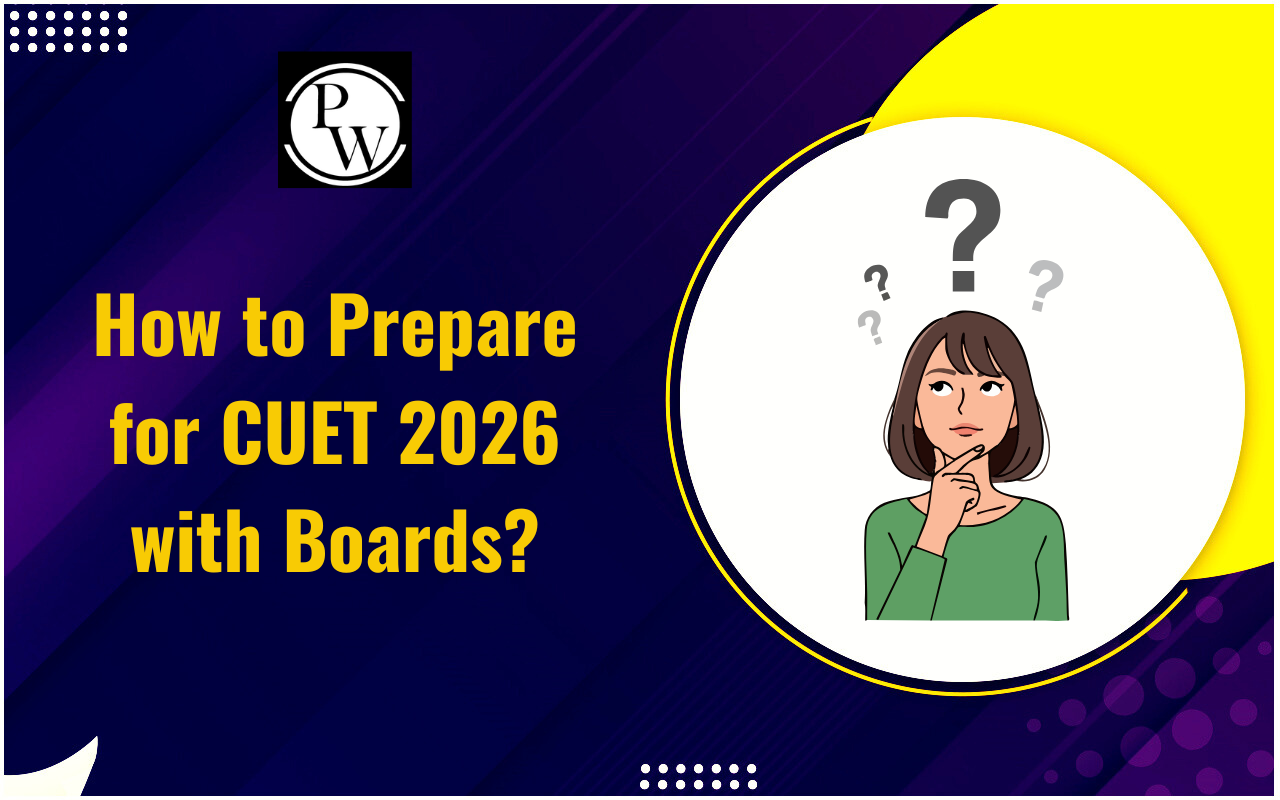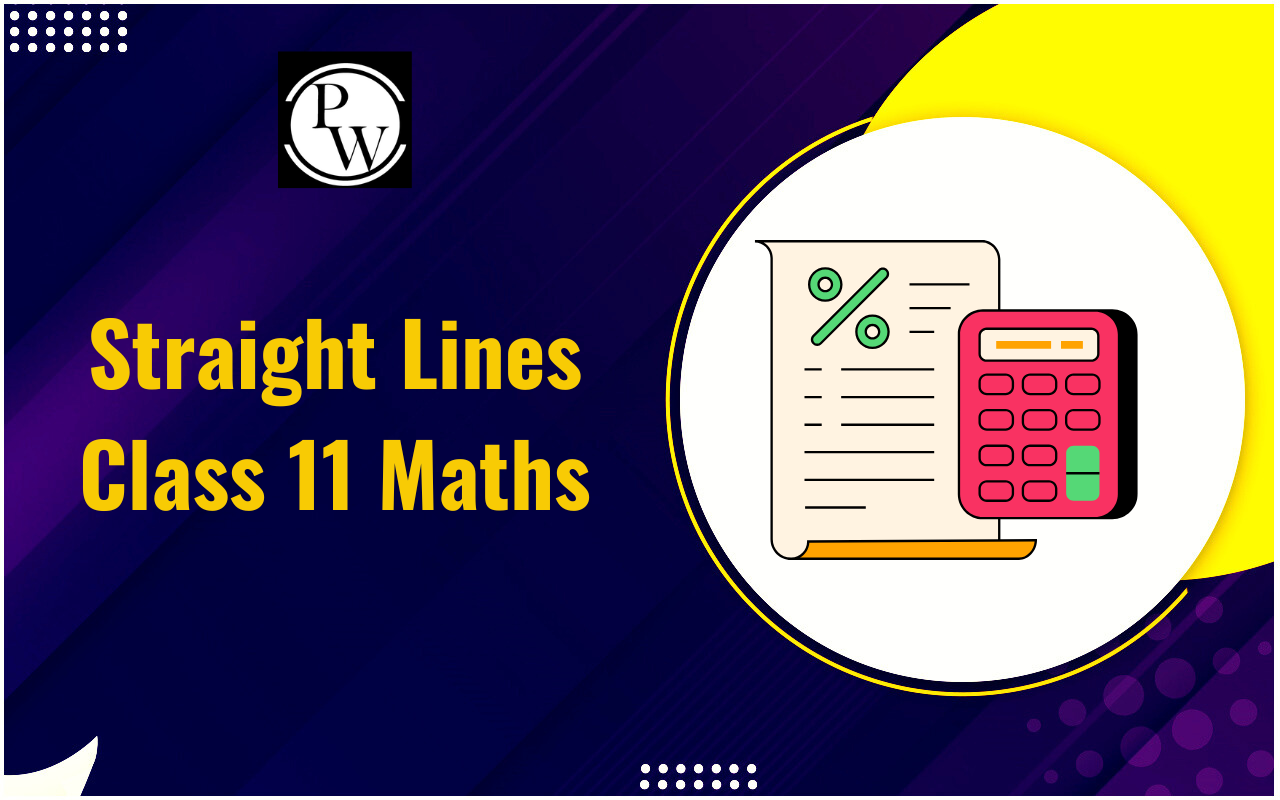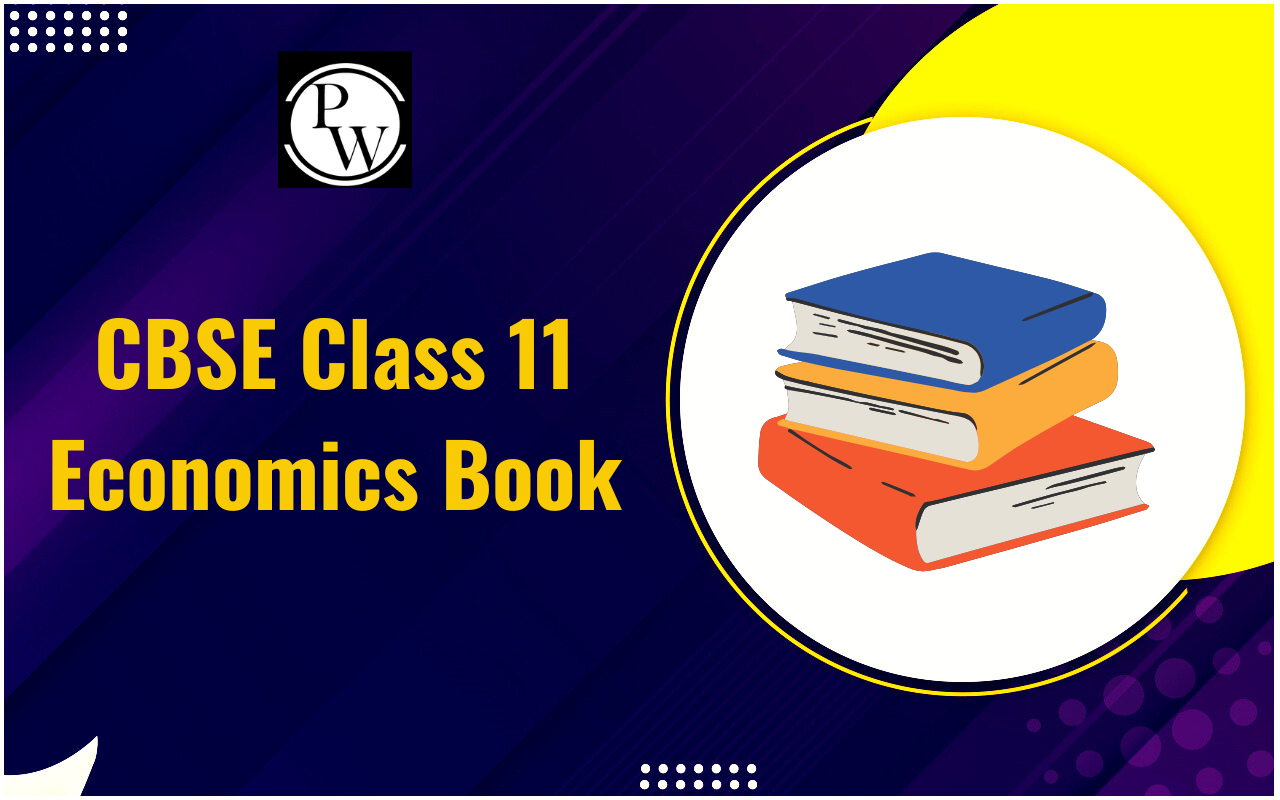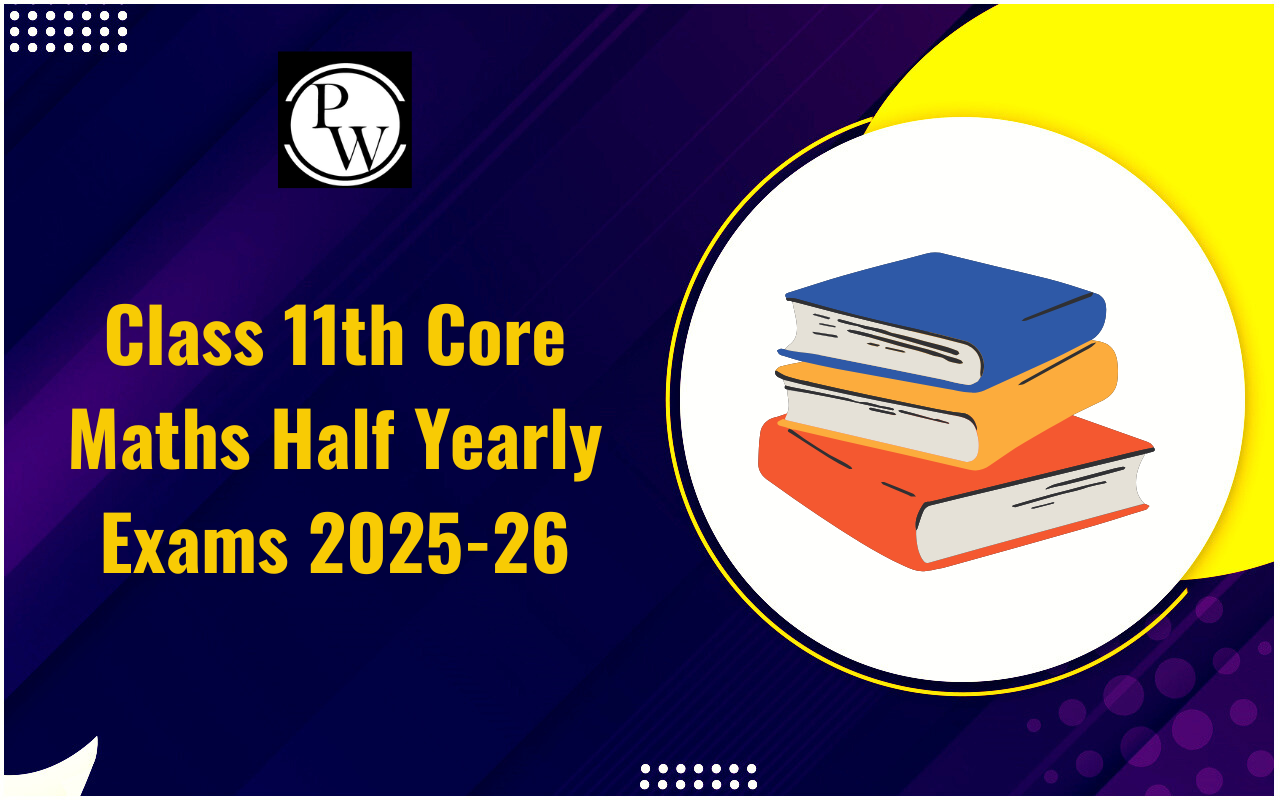
Ever wondered about things that hold immense value, but you can't touch or hold them in your hands? These are known as "intangible assets," and they play a big role in the business world. Unlike physical things like buildings or gadgets, intangible assets are a bit like secret tools that make companies better and more successful. Read this complete blog to know everything you need to know about Intangible Assets.
Intangible Assets Meaning
Intangible assets encompass non-physical resources that hold substantial value for an entity or organization. Intangible assets are those valuable things that a business or organization owns, but you can't physically touch them. They're not like machines or buildings that you can see and feel. Instead, they're kind of like smart ideas or special agreements. For example, think about patents that protect cool inventions, copyrights that keep songs or stories safe, and trademarks that make brands special. These things are really important because they help a company stand out and do well.Types of Intangible Assets
Categorized into distinct types, intangible assets encompass a range of valuable attributes that contribute to a company's success and market positioning. Given below are a few types of Intangible assets: Intellectual Property (IP): Intellectual property comprises creations of the mind, like inventions, artistic works, and symbols. It includes patents, which protect new and useful inventions, copyrights guarding original artistic expressions, and trademarks identifying goods or services with a unique logo or symbol. Goodwill: Goodwill is the value derived from a positive reputation and strong customer relationships. It reflects the extra worth a business holds due to its loyal clientele and solid brand image. Brand Recognition: This is the degree to which customers recognize and trust a brand. Strong brand recognition fosters customer loyalty and helps a company stand out in a competitive market. Customer Relationships: The relationships a company builds with its customers over time. Loyal customers often provide consistent revenue, making these relationships an intangible asset. Trade Secrets: These are confidential methods, processes, or information that give a business a competitive edge. Unlike patents, trade secrets aren't publicly disclosed.Intangible Assets Vs Tangible Assets
Tangible assets are those that possess physical substance and can be touched or felt, whereas intangible assets lack physical presence but hold substantial economic value due to their intellectual or contractual nature. To better understand, the following table outlines the key differences between tangible and intangible assets.| Aspect | Tangible Assets | Intangible Assets |
| Nature | Physical presence and can be touched. | No physical form; intellectual or contractual value. |
| Examples | Real estate, machinery, and vehicles. | Patents, copyrights, trademarks, goodwill. |
| Measurement | Generally easier to value due to visibility. | Valuation can be complex due to its intellectual nature. |
| Depreciation | Typically subject to depreciation. | Generally not subject to traditional depreciation. |
| Impact on Value | Directly impacts balance sheet value. | Influences competitiveness and market standing. |
| Market Perception | Perceived value is tied to physical attributes. | Perceived value based on reputation and uniqueness. |
How Value of Intangible Assets is Calculated
Calculating the value of intangible assets requires a nuanced approach, considering their non-physical nature. Here are key points to understand the valuation process: Market Comparable: By analyzing similar transactions in the market, one can estimate the value of intangible assets. Comparing sales of similar patents or trademarks provides insight into their potential worth. Income Approach: This method focuses on the income generated by the asset. Discounted Cash Flow (DCF) analysis forecasts future cash flows from the asset and discounts them to present value, aiding in valuation. Cost Approach: Evaluate the cost of creating or replacing the asset. This includes research and development expenses or the expenses needed to recreate the asset's value. Relief from Royalty: Estimating the royalty payments a company would save by owning the asset internally helps determine its value. This approach is valuable for patented technology. Market Capitalization: For publicly-traded companies, the difference between market capitalization and tangible assets' book value can provide an approximation of intangible asset value.What is the Depreciation Rate?
A "Depreciation Rate" signifies the speed at which the value of a tangible asset diminishes over time due to factors such as wear, tear, obsolescence, and usage. It is commonly expressed as a percentage and aids in estimating the decrease in an asset's worth from its original value.Intangible Assets Depreciation
The concept of Depreciation is not commonly applicable to intangible assets. Unlike tangible assets that undergo physical wear and tear, intangible assets often possess enduring value and might not experience traditional depreciation. Instead, they can be subjected to impairment testing, where their value is assessed for potential decline due to factors like changing market conditions or technological advancements.Things Included in Intangible Assets
A comprehensive comprehension of intangible assets entails recognizing the diverse elements that constitute this category. Intangible Assets include things mentioned below: Intellectual Property: Patents, copyrights, trademarks, and trade secrets are forms of intellectual property that contribute to the value of intangible assets. Goodwill: The positive reputation and customer loyalty associated with a business, enhancing its overall value, fall under the ambit of intangible assets. Brand Recognition: The distinct recognition and trust that a brand holds among consumers serve as an essential intangible asset. Customer Relationships: The enduring connections established with customers over time, leading to consistent revenue generation, are considered intangible assets. Favorable Contracts: Beneficial agreements or contracts that provide the business with advantages and economic benefits are integral components of intangible assets.Things not Included in Intangible Assets
Understanding the scope of intangible assets also involves acknowledging what falls outside this category. Intangible Assets do not include the things provided below: Physical Assets: Tangible items with a physical presence, such as machinery, vehicles, and real estate, are not classified as intangible assets. Financial Assets: Items like cash, stocks, bonds, and accounts receivable, which have a monetary nature, are not categorized as intangible assets. Natural Resources: Assets like minerals, oil reserves, and land resources are not considered intangible assets, as they have a distinct classification. Current Liabilities: Debts and obligations that a business needs to repay within a short period are not intangible assets.Read Related Topics
Intangible Assets FAQs
What are some examples of intangible assets?
Examples include patents, copyrights, trademarks, brand recognition, customer relationships, and trade secrets.
Can intangible assets be sold or transferred?
Yes, many intangible assets can be sold, licensed, or transferred to other parties, providing an additional source of revenue.
Can intangible assets be depreciated?
Unlike tangible assets, intangible assets often do not undergo traditional depreciation. Instead, they are subject to impairment testing.
How does goodwill affect a company's value?
Goodwill, which stems from a strong reputation and customer loyalty, can significantly enhance a company's overall value and competitiveness.
What is intellectual property and why is it valuable?
Intellectual property includes patents, copyrights, and trademarks. It's valuable because it protects innovative ideas and creations, giving a competitive edge.
Talk to a counsellorHave doubts? Our support team will be happy to assist you!

Check out these Related Articles
Free Learning Resources
PW Books
Notes (Class 10-12)
PW Study Materials
Notes (Class 6-9)
Ncert Solutions
Govt Exams
Class 6th to 12th Online Courses
Govt Job Exams Courses
UPSC Coaching
Defence Exam Coaching
Gate Exam Coaching
Other Exams
Know about Physics Wallah
Physics Wallah is an Indian edtech platform that provides accessible & comprehensive learning experiences to students from Class 6th to postgraduate level. We also provide extensive NCERT solutions, sample paper, NEET, JEE Mains, BITSAT previous year papers & more such resources to students. Physics Wallah also caters to over 3.5 million registered students and over 78 lakh+ Youtube subscribers with 4.8 rating on its app.
We Stand Out because
We provide students with intensive courses with India’s qualified & experienced faculties & mentors. PW strives to make the learning experience comprehensive and accessible for students of all sections of society. We believe in empowering every single student who couldn't dream of a good career in engineering and medical field earlier.
Our Key Focus Areas
Physics Wallah's main focus is to make the learning experience as economical as possible for all students. With our affordable courses like Lakshya, Udaan and Arjuna and many others, we have been able to provide a platform for lakhs of aspirants. From providing Chemistry, Maths, Physics formula to giving e-books of eminent authors like RD Sharma, RS Aggarwal and Lakhmir Singh, PW focuses on every single student's need for preparation.
What Makes Us Different
Physics Wallah strives to develop a comprehensive pedagogical structure for students, where they get a state-of-the-art learning experience with study material and resources. Apart from catering students preparing for JEE Mains and NEET, PW also provides study material for each state board like Uttar Pradesh, Bihar, and others
Copyright © 2025 Physicswallah Limited All rights reserved.
Get App









